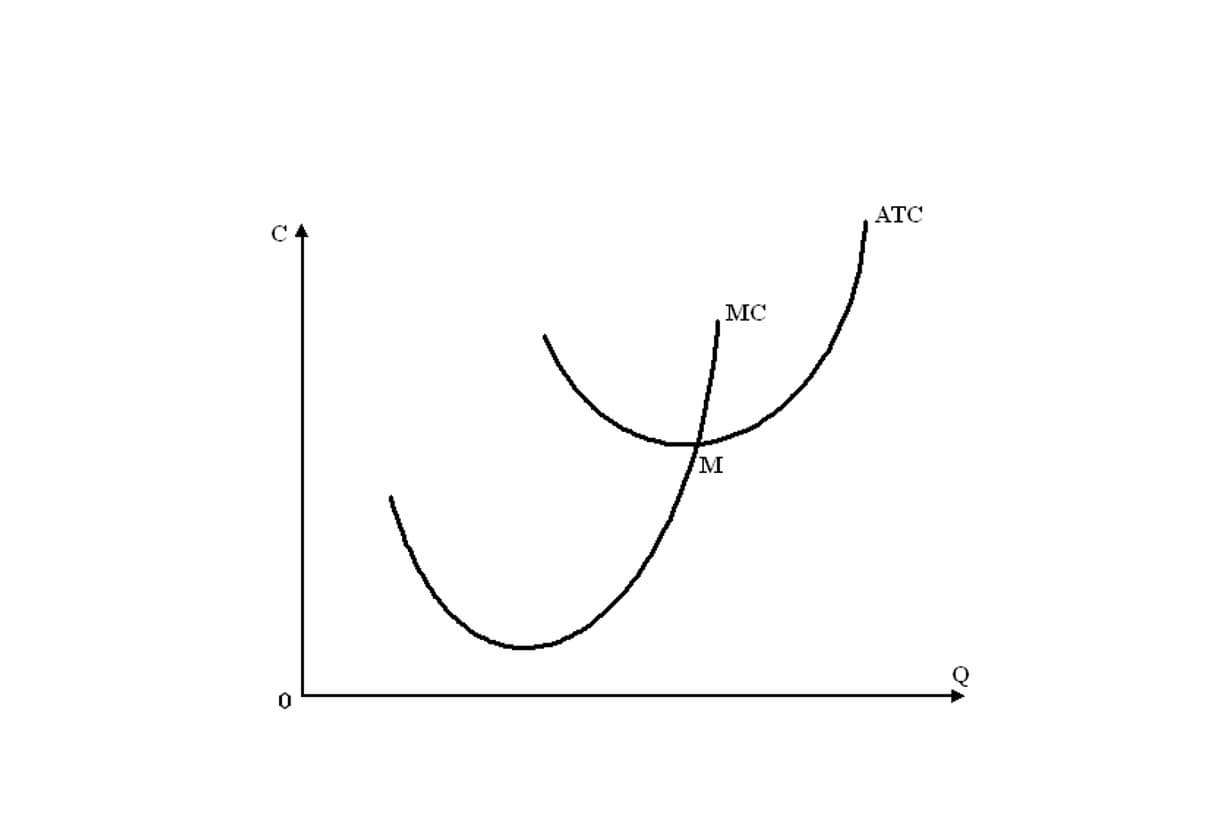
Therefore, when the goods are being transported to the buyer, they are owned by the buyer and the buyer is responsible for the shipping costs. In North America, the term “FOB” is written in a sales agreement to determine when the liability and responsibility for the shipped cargo transfers from the seller to the buyer. When it is indicated as “FOB Origin,” it means that the transfer occurs at the seller’s shipping dock when the goods are safely on board the ship. With an FOB shipping point (or FOB origin), the sale of the goods is made as soon as the seller ships them out. In essence, this means the sale is finalized the moment the shipping carrier takes the goods away. So, the buyer pays for the goods before they are received and usually bears the cost of shipping and liabilities of transportations, including loss, damage, or theft.
- The phrase “passing the ship’s rail” was dropped from the Incoterm definitions in the 2010 amendment.
- FOB is important because it has shipping, liability, and accounting implications.
- Since the customer takes ownership at the point of departure from the supplier’s shipping dock, the supplier should record a sale at that point.
- This point is typically a port, since Incoterms are most commonly used for international trade where goods are transported by sea.
- Since the goods on the truck belong to the buyer, the buyer should pay the shipping costs.
- The point at which the goods’ ownership transfers and related shipping costs also affect your cost of goods sold (COGS).
Sending money overseas to pay suppliers? Wise could help you save
From legal guidelines to cultural tips, find everything you need to establish your business. Navigate the process of starting a business in Germany as a foreigner with our comprehensive guide. Understand the legal framework, necessary documentation, and local market insights.
Why Is FOB Important to Small Business Accounting?
The transport carrier turns the transfer documentation for the goods over to the buyer upon payment. The specific definitions vary somewhat in every country, but both contracts generally specify origin and destination information that is used to determine where liability officially begins and ends. They also outline the responsibilities of buyers to sellers, as well as sellers to buyers. Whether you’re the buyer or the seller, neglecting insurance can leave you exposed to risks during international trade, especially when shipping via a freight forwarder. FOB Shipping Point Isn’t Always Great for SellersEven though FOB shipping point shifts risk to the buyer, it can hurt a seller’s reputation and sales. While shipping costs drop, many buyers don’t like this arrangement, especially for big or fragile orders.
FOB Add-on Terms
The two major FOB types are FOB shipping point and FOB destination, which we’ll discuss in depth below. Understanding the differences between each is as simple as knowing how much responsibility the buyer and supplier assume under each agreement. If anything happens to the goods on any leg of the journey to the buyer, the supplier assumes all responsibility. For FOB shipping, fob shipping point you can get an FOB price estimate using Freightos.com’s International Freight Rate Calculator. When you are shipping loose cargo (ie, not a full container), for example, your goods must go through a Container Freight Station (CFS) to be consolidated into a container. There are situations where you may be responsible for covering costs before your goods are on board.
FOB Shipping Point vs. FOB Destination: What’s the Difference?

The qualifiers of FOB shipping point and destination are sometimes used to reduce or extend the responsibility of the supplier in an FOB shipping agreement. In looking at the scenario above, the seller of the $50,000 worth of goods would have to invoice the seller for this amount. They can expedite this process and maintain a professional look with Skynova’s invoice template. The template allows for easy customization, including adding a logo, adding a point of origin or a specific address for the seller’s warehouse, and the address for the receiving dock.
- Stay ahead of 2024’s biggest tax changes with this comprehensive, compelling report covering seven industries.
- It says that sellers must deliver goods to a vessel for loading, with the buyer taking responsibility for bringing them onboard.
- If your business buys or sells overseas, you may be wondering about FOB, or “Free On Board” shipping.
- The critical juncture in any FOB agreement is often the shipping point—whether it’s a loading dock, shipping port, or any originating port.
- That’s because the seller may use a transport carrier of their choice who may charge the buyer more to increase the profit on the transaction.
Great! The Financial Professional Will Get Back To You Soon.

“FOB Destination” means that the transfer completes at the buyer’s store and the seller is responsible for all of the freight costs and liability during transport. FOB shipping point, or FOB origin, means the title and responsibility for goods transfer from the seller to the buyer once the goods are placed on a delivery vehicle. This transfer of ownership at the shipping point means the seller is no longer responsible for the goods during transit. Instead, the buyer assumes all responsibility for the shipment when it leaves the seller’s dock.

Understanding Shipping Point vs FOB Shipping Point
- These buyers typically have established relationships with logistics and forwarding agents at the port of destination.
- Understanding the nuances of FOB is paramount for businesses engaged in international trade, as it directly influences pricing, risk management, and logistical strategies.
- These terms determine ownership and payment responsibilities, influencing everything from shipping documents to customs clearance.
- The accounting entries are often performed earlier for a FOB shipping point transaction than a FOB destination transaction.
- They can’t decide the shipping company, the route the company takes, or when and how the shipment is delivered.
- On the flip side, FOB arrangements tend to be more cost-effective for buyers and give them more control over the timing and price of shipments.
FAS stands for “free alongside ship” and is often used for bulk cargo transactions. It says that sellers must deliver goods to a vessel for loading, with the buyer taking responsibility for bringing them onboard. Shipping costs are usually tied to FOB status, with shipping paid for by whichever party is responsible for transit. When goods are labeled as FOB shipping point, the seller’s role in the transaction is complete when the purchased items are given to a shipping carrier and the shipment begins.
Point of Transfer in FOB Shipping Point
FOB shipping usually refers to goods shipped by waterways, although uses of the term can vary from country to country. Incoterms define the international shipping rules that delegate the responsibility of buyers and sellers. In this case, the seller completes the sale in its records once the goods arrive at the receiving dock. The accounting entries are often performed earlier for a FOB shipping point transaction than a FOB destination transaction. Shipping terms affect the buyer’s inventory cost because inventory costs include all costs to prepare the inventory for sale.
This offers buyers a more accurate accounting of their charges, including what expenses might be reduced next time. Buyers with FOB can also set their level of risk, choosing the level of insurance for their comfort level. The term refers to the point at which liability passes from the seller to the buyer. They only need to get the goods to the nearest port and load them onto the vessel.

